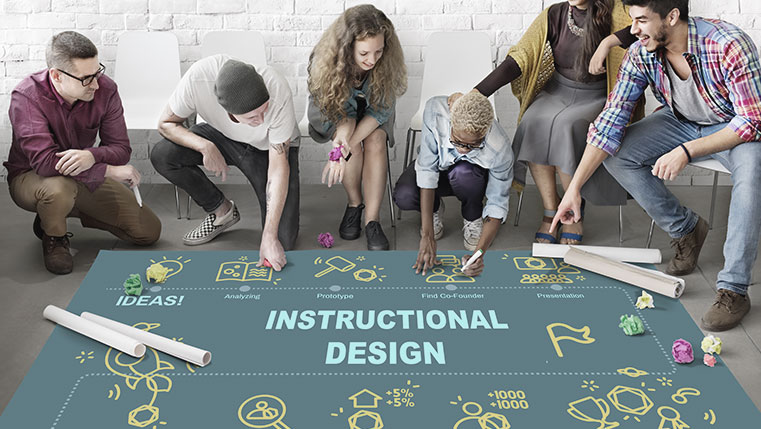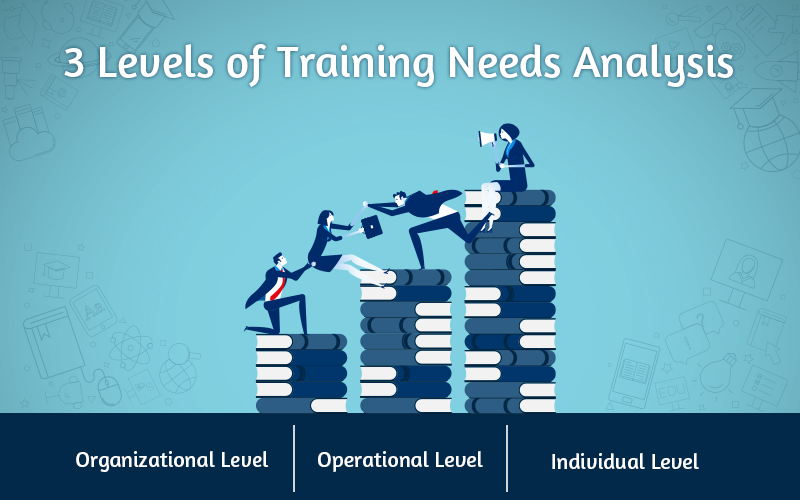Instructional Design Strategy for M-learning
This blog post shares about the instructional design strategy for mLearning.

Most of the organizations are using mobile learning to improve the performance of their workforces. Mobile learning or mLearning is learning facilitated through mobile devices, and the learner need not stay at a fixed location to access mobile learning courses. Initially, mobile learning was viewed from the framework of eLearning. However, eLearning content and design cannot be adapted automatically to mLearning because of the variations in the screen sizes, layout of devices and compatibility of the output. Therefore, content for mobile learning courses to be viewed differently.
Instructional Design Strategy
As an instructional designer, you may be familiar with the different stages of the ADDIE (analysis, design, development, implement and evaluation) model. It is advisable to conduct the following.
- Audience analysis
- Training analysis
- Content analysis
Audience Analysis
Firstly, analyze who would benefit from the most from your course. Mobile learning is relevant to employees who do not get to spend time at their desks and who move from place to place such as salespeople, service technicians or patient care representatives, nurses, etc.
Once you have identified your audience, you need to analyze the activities they perform with mobile devices. Are they using the mobile devices to send e-mails and messages, share videos and access the Internet? Or, are they using these gadgets just to make calls?. This helps decide the complexity of design for the mLearning modules.

Training Analysis
Secondly, you need to understand their learning requirements.
- What do they wish to learn?
- How much time can they spare?
- When are they likely to take out time for learning?
You must remember that mLearning does not replace your other training methods but only supplements them.

Content Analysis
Finally, you have to analyze the content that you have to present it in an effective manner through mobile devices.
- Establish the content type – facts, process, procedure, principle or concepts.
- Assess if the learning is to be applied at knowledge level, comprehension level, application level, analysis level, synthesis level or evaluation level.
- Divide content in such a way that it conveys a single message. Make sure content is in small chunks and easy to understand. It needs to be presented in a conversational style.

Instructional Strategy
A strategy is a GAME PLAN or a high level plan to achieve one or more goals. Strategies are formulated for meeting the long term needs; they are not changed often as any change impacts all aspects of operations. Decide which part of the content is suitable for mobile delivery. Ideally, each module should not be more 10 minutes in duration. Therefore, the first screen itself should be captivate users attention in such a way that they stay on till the end.
You can use scenarios or case studies, and avatars work well for compliance, safety training and workplace harassment prevention courses. Also, you can use videos for product and process training. Hope you find this blog informative. Do share your views.





